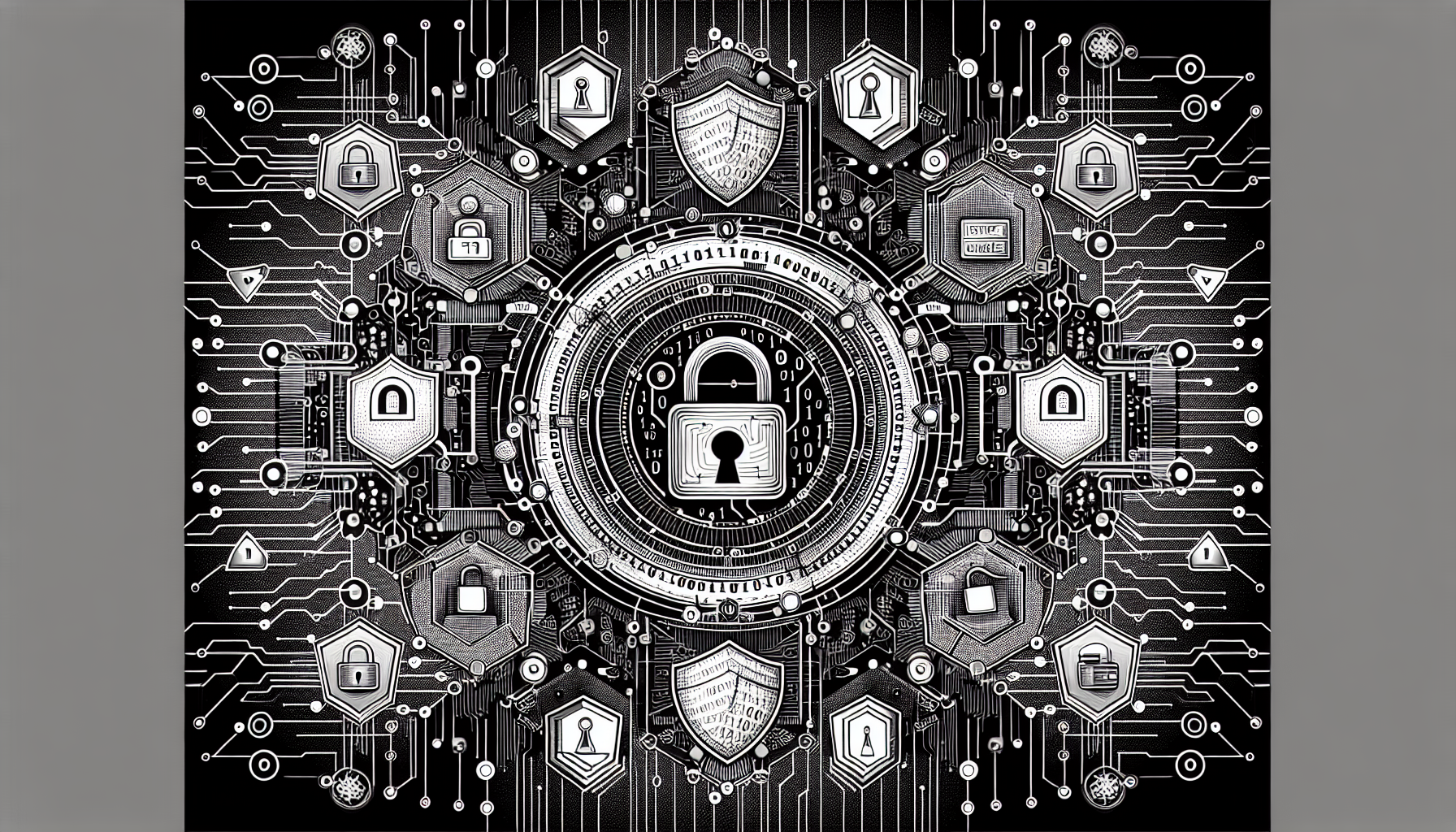The recent surge in remote work has only heightened the need for robust cybersecurity measures. Many employees, now operating outside the protective boundaries of corporate networks, are more susceptible to cyber-attacks. This includes phishing and ransomware attacks that can have devastating effects on an individual and corporate level.
Phishing, in particular, is a common and insidious method used by cybercriminals. They lure their victims through seemingly authentic emails, messages, or websites, tricking them into providing sensitive data such as usernames, passwords, and credit card information. The rise in sophisticated phishing attacks has been alarming, targeting not only individuals but also major corporations and government entities.
Similarly, ransomware attacks have become increasingly prevalent. Cybercriminals infiltrate a system or network, encrypt important data, and demand a ransom for its release. This form of cyber-attack can disrupt critical operations and lead to significant financial losses.
So, what can we do to protect ourselves and our businesses? The first step is fostering a culture of cybersecurity awareness. This includes regular training and updates on current threats, as well as best practices for safe online behavior. For instance, employees should be taught to recognize phishing attempts and to be cautious when downloading attachments or clicking on links from unfamiliar sources.

Secondly, we must invest in robust cybersecurity infrastructure. This includes firewalls, antivirus software, and encrypted communications.
Additionally, organizations need to implement regular backup procedures and data recovery plans.
In the event of a ransomware attack, having updated backups can eliminate the need to pay a ransom and significantly reduce downtime.
Another essential component of cybersecurity is timely software updates. Outdated software can have vulnerabilities that cybercriminals exploit. Thus, it’s crucial that all software and systems are kept up-to-date with the latest patches and updates.
Finally, the role of passwords in cybersecurity cannot be overstated. Encouraging the use of strong, unique passwords and implementing two-factor authentication can significantly enhance security. Password managers can also be a valuable tool, providing a secure way to store and manage complex passwords.
Currently, one of the most promising trends in cybersecurity is the rise of Artificial Intelligence (AI) and Machine Learning (ML). These technologies can help organizations predict, identify, and neutralize threats more efficiently than ever before.
As cyber threats continue to evolve, so too must our defenses. Investing in cybersecurity is no longer optional; it’s a necessity for individuals, businesses, and governments alike. It is our collective responsibility to foster a safer digital world for ourselves and future generations.